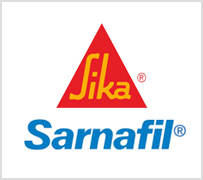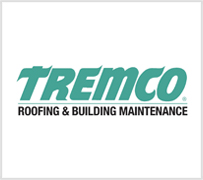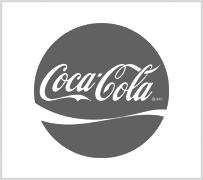
Home / News / What Roof Lasts the Longest?

The life span of a roof system is determined by a number of factors: climate and environmental conditions, building and roof designs, material quality and proper application.
Climate and environmental factors are important to the lifespan of any roof. Roofs that are exposed to tremendous heat or cold tend to have shorter lifespans. In commercial or industrial areas, chemicals, exhausts and residues from the manufacturing process can break down most types of roofing materials more quickly than just sun, wind and weather.
Building and roof designs do play a part in the lifespan of a roof. Flat roofs, most commonly used on commercial or industrial buildings typically have a shorter lifespan simply because of the choice of materials available. Foam, BUR or Single-Ply roofing are the common choices and last 25- 30 years, while a residential home with a metal or slate roof can expect a 50-year lifespan.
The quality of the roofing material selected and proper installation are two of the most important factors in determining the lifespan of any roof. You can select the best materials available, but if they are improperly installed, the roof won’t last very long. The reverse is also true. If you select poor quality materials, no matter how well they are installed, the lifespan of the roof will be less than if you had selected a good quality material.
With newer products that include impact resistant polymers and coatings, roofing systems are much more durable and are lasting longer than in previous generations. In general, the lifespan of any roof is about 20 years, but can be much longer depending on the type of material you select.
Material lifespan:
| Wood Shake | 14-20 years |
| Asphalt Shingle | 10-30 years (20 is the norm) |
| Metal/Steel | 50+ years |
| Slate | 50+ years |
| Tile/Concrete | 50+ years |
| Foam | 25+ years |
| Built-Up (BUR) | 25-30 years |
| Single-Ply | 30+ years |
Maintenance is the Key
With proper maintenance and care, many roofing systems can last far longer than their warranties suggest. Since replacing a roof is a huge expense, the cost of an annual inspection and needed maintenance is the best way to hold off on that expense as long as possible.











